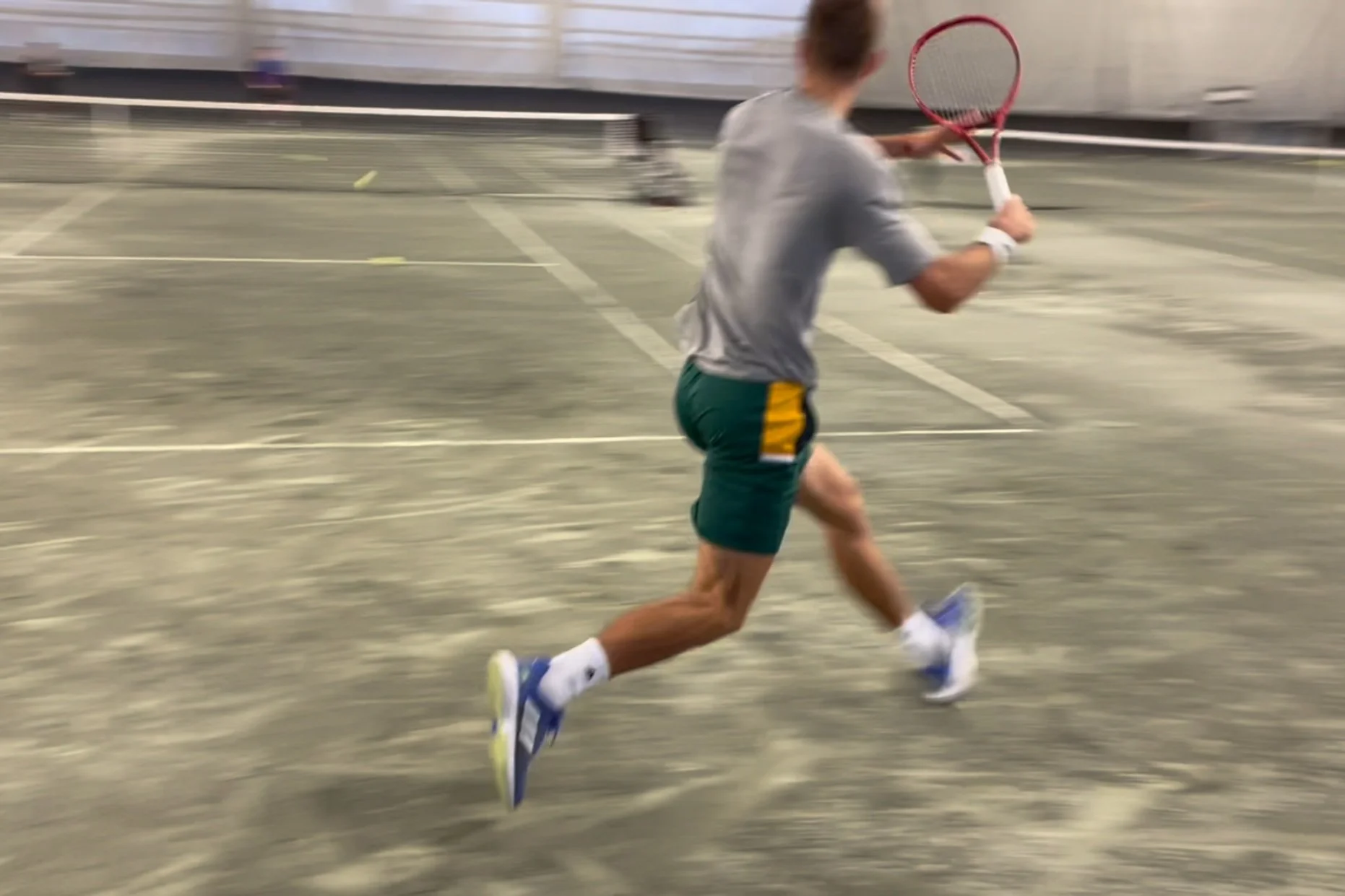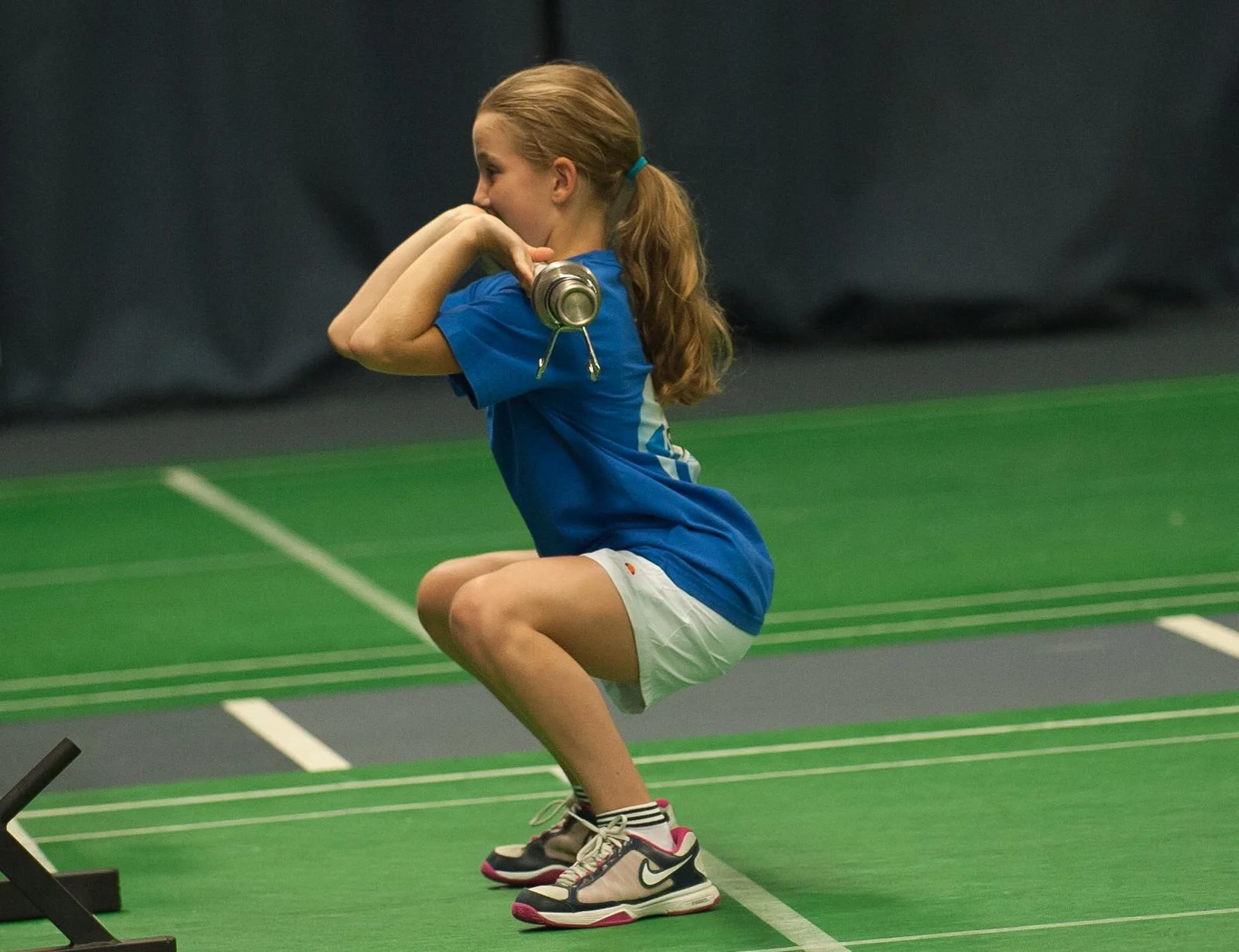’ve received many questions of late and thought it might be interesting to share some of them in a post, along with my thoughts on some key topics. These queries come from players, coaches and even tennis parents.
As you read along, keep in mind that a lot of scenarios are circumstantial, so there could be more than one answer to a particular query. That being said, I will give the most direct, evidence backed response, that I possibly can.
If you’re anything like me, you may often marvel at the game’s best players. As an observer, I often ask myself, "how do they make it look so easy?" Many of us probably wonder if it's possible for anyone to play at that level. Or if you’re a coach, you wonder if you can ever get an athlete to that level. Just for the record, I don’t believe in talent. Even considering the dominance (and brilliance) of players like Federer, Nadal and the Williams sisters. They all practiced (and practiced and practiced). This isn’t just opinion based, rather, it’s derived from a new-ish branch of motor learning called 'the science of expertise'.
Bend your knees. Use your legs. Turn your shoulders. Extend your elbow at impact. Flick your wrists. These are just some of the verbal cues that we’ve all heard countless of times. Notice any similarities? Let me give you a hint...the focus of these instructions are directed exclusively towards a body segment or part. Is this type of feedback relevant? Does it help improve technique and ultimately, performance? Let’s take one of these examples and break it down. 'Bend your knees'. How does a player interpret this cue? I mean how low should I bend my knees? Is a 90 degree bend more or less effective than a 100 degree bend? On which type of shot? Should one knee be bent more than the other? As you can see, this cue can be interpreted in a number of different ways depending on the athlete and the context.
When I was a teenager, I left home to train at a tennis academy - about 2 hours away from my family. I grew up in a small city where there was 1 outdoor tennis club and no indoor tennis - which is why I made the move. Growing up and playing at a small club, with no junior program, you tend to get friendly with older adult members. Most of my practice partners were over 35 with many above the age of 50. When I told them I was leaving, they said one thing that stuck with me until this very day - “hopefully they build on the game you have, rather than changing all of your strokes at once”.





